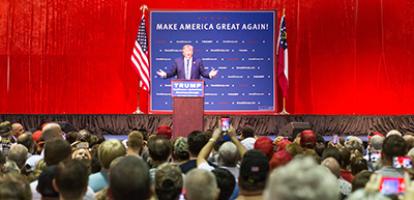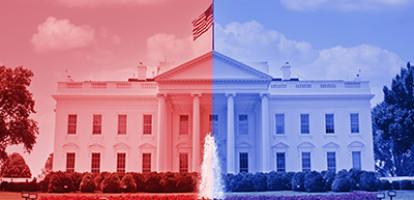From: Jon Johnson
To: Trade Officials of the EU, Canada, Mexico and Japan
Date: June 12, 2018
Re: Is Trump’s Call for “Total Free Trade” Real or a Bluff
Just before departing the G7 conference on Saturday, Donald Trump stated that his government believes in “total free trade,” with the complete elimination of tariffs, subsidies and non-tariff barriers. He raised the (largely legitimate) US complaint over the disparity between US most-favoured-nation (MFN) tariff rates and those of its trading partners. How, the US asks, can the EU justify maintaining a bound tariff of 10 percent on cars while the corresponding US tariff is only 2.5 percent? And Trump repeated his often expressed “reciprocity” theme that tariffs should be “reciprocal,” by which he means “equal.”
Should the EU, Canada, Mexico, Japan and other countries test the Trump administration’s commitment to “total free trade” by offering to fix the MFN disparity issue? The EU, Canada, Mexico, Japan and any other country wishing to participate could offer to lower its MFN tariffs to the lower of the US level or the lowest rate maintained by a participating country.
The quid pro quo is that the US would harmonize its MFN tariffs to the lowest rate maintained by a participating country. For example, Japanese tariffs on automobiles and auto parts are “Free.” The US and all participating countries would reduce their MFN rates on automobiles and auto parts to “Free.” This reduction would apply to the current US 25 percent MFN rate on trucks.
In some cases, tariff equivalents would have to be calculated for subsidies. For example with dairy, Canadian tariffs and US subsidies would either be eliminated entirely or, if the US insisted on maintaining its subsidies, Canadian prohibitive over-quota tariffs would be reduced to a tariff equivalent of the US subsidies.
The MFN principle could create a sticking point, with lower tariffs having to be applied to products of all WTO members. However, if the negotiations resulted in the elimination of tariffs on a sufficient number of goods to satisfy the somewhat flexible “substantial elimination” GATT test for free trade areas, the MFN requirement would not apply. The arrangement could be called a “reciprocity agreement.”
The other US quid pro quo is that the US would provide a permanent exemption from Section 232 and similar tariffs on products of participating countries. Note that on Saturday, Trump tweeted that the Section 232 tariffs were “in response to his [Justin Trudeau’s] 270 percent on dairy” with no mention of national security.
If the EU, Canada, Mexico, Japan and other countries made such an offer to the US, they would find out pretty quickly if President Trump and his administration are sincere in believing in “total free trade.” Accepting such an offer would be smart on Trump’s part, giving him a major win through significantly reducing barriers faced by US products. Participating countries would benefit by avoiding a trade war and from the overall lowering of trade barriers.
However, the lowering of trade barriers by US trading partners will not solve US trade balance issues. With the elimination of trade distorting measures like tariffs, subsidies and non-tariff barriers, the trade chips fall where market forces dictate, with no guarantees as regards trade balances. In the news conference, President Trump stated that the US needs a “strong balance sheet” for national security purposes. Balance sheets are normally strengthened by reducing debt and a balance sheet is quite different from a trade balance.
The Trump “total free trade” statement may be a bluff. But calling the bluff may lead to a way out of the trade impasse into which the world trading system appears to be heading.
Jon Johnson is a former advisor to the Canadian government during NAFTA negotiations and is a Senior Fellow at the C.D. Howe Institute.
To send a comment or leave feedback, email us at blog@cdhowe.org.
The views expressed here are those of the author. The C.D. Howe Institute does not take corporate positions on policy matters.





